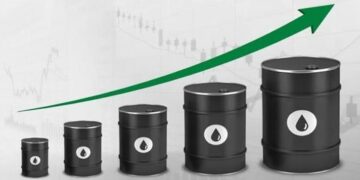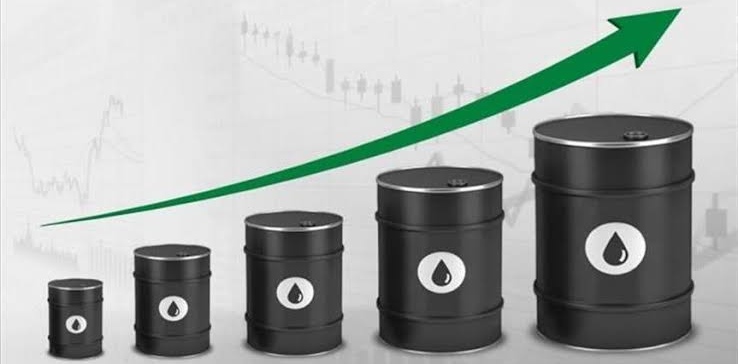By John Ikani
Global oil prices surged past the $92-a-barrel mark on Tuesday, a level unseen for almost 10 months, as the energy sector prepared for potential disruptions in supply stemming from severe flooding in Libya.
Tragically, the flooding has claimed the lives of over 2,000 individuals, with an estimated 10,000 still unaccounted for, as it led to the collapse of dams and the destruction of countless homes in the affected areas.
Brent crude, the internationally recognized benchmark for oil prices, experienced a notable 2% surge, reaching an intraday peak at $92.38 per barrel.
This peak marked the highest oil price since November 17, 2022. Meanwhile, US oil prices also followed suit, spiking by 2.3% to touch as high as $89.29 per barrel, a level last witnessed in November.
The recent upturn in oil prices is poised to have a direct impact on consumers, as it will inevitably drive up fuel prices and contribute to the prevailing inflationary pressures within the US economy.
Industry analysts attribute this surge in oil prices primarily to the devastating flooding crisis in Libya, which has temporarily disrupted the nation’s oil exports. In August alone, Libya produced approximately 1 million barrels of oil daily, as reported by OPEC.
Matt Smith, lead oil analyst for the Americas at Kpler, stated, “Libya has a number of ports that are not able to export,” adding another element to the already bullish crude oil market.
The Libyan flooding incident unfolds just a week after Russia and Saudi Arabia announced their intentions to extend supply cuts, an announcement that had previously propelled oil prices upward. Although gasoline prices tend to lag behind oil price movements, they have also inched higher this week in response.
According to AAA, the national average for regular gasoline reached $3.84 per gallon on Tuesday, reflecting an increase from $3.81 a week prior. Gasoline prices now stand 12 cents higher than at the same point in the previous year.
Government forecasters anticipate limited relief from rising energy costs in the near future. The US Energy Information Administration (EIA), a division of the Energy Department, disclosed its expectations of an average retail gasoline price of $3.69 per gallon during the fourth quarter of this year, up from the previous projection of $3.57.
The EIA further revised its forecasts for diesel and oil prices for the upcoming quarters, suggesting continued challenges for central bankers seeking to curb inflation. Economists anticipate that the forthcoming Consumer Price Index report, due on Wednesday, will reveal an acceleration in consumer price gains for August, primarily due to the recent surge in gasoline prices.
“This is going to reignite inflationary concerns,” noted Matt Smith. “It’s difficult to understand how this will end when you have such a major force—Saudi Arabia—intervening in the maqrket to prop up prices.”




































